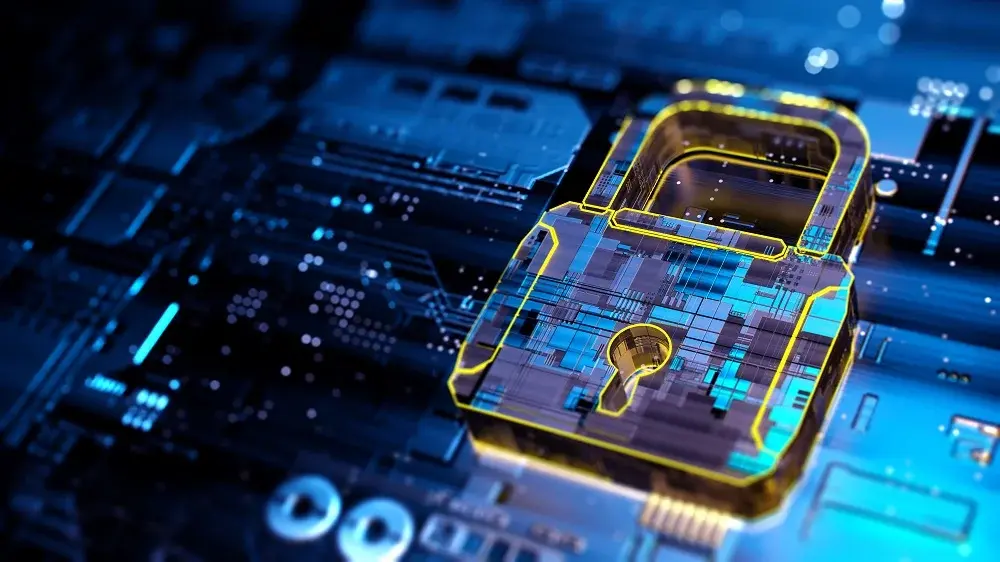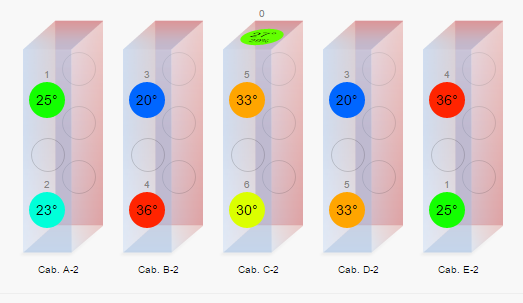Data Realty and Packet Power Featured in Mission Critical
We are delighted that Data Realty has selected Packet Power as the standard for power monitoring in it's impressive new data center in South Bend,...
You won't be surprised to learn that those of us at Packet Power are big advocates of data center power and temperature monitoring. After all, it is what we do.
But how much monitoring do you need to do? There are plenty of options, from monitoring every device to no monitoring whatsoever. We believe the right answer depends on what you want to get out of it -- and may involve fewer monitoring points than you might think.
Start with what you want to do with the monitoring data. Here are a few of the more typical options:
Now for the easy question. How often do you need to gather data? Given the range of monitoring options available today, there is no reason to implement any type of monitoring that does not provide automated real-time collection and analysis of data. Thankfully, the days of taking meter readings by hand are rapidly fading.
The bottom line: Knowing in advance how you will use energy usage information will help minimize your monitoring costs. Get the ball rolling by picking a focus area, starting small and growing from there.

We are delighted that Data Realty has selected Packet Power as the standard for power monitoring in it's impressive new data center in South Bend,...

You probably need to know which circuits could handle more power and which are at risk of tripping. Are you also being asked to reduce cooling costs...

Power and environmental monitoring can reduce outages and downtime by keeping you abreast of operating conditions within your critical facilities at...